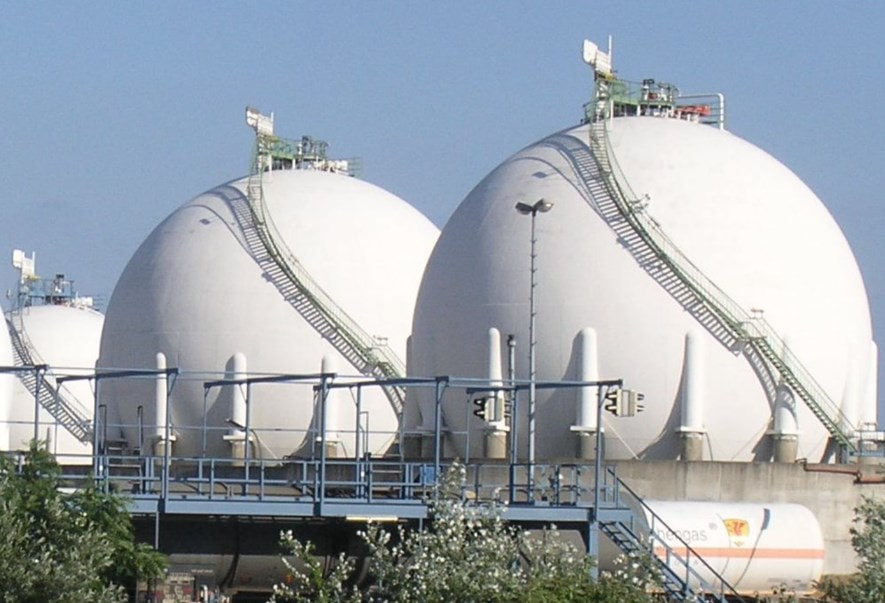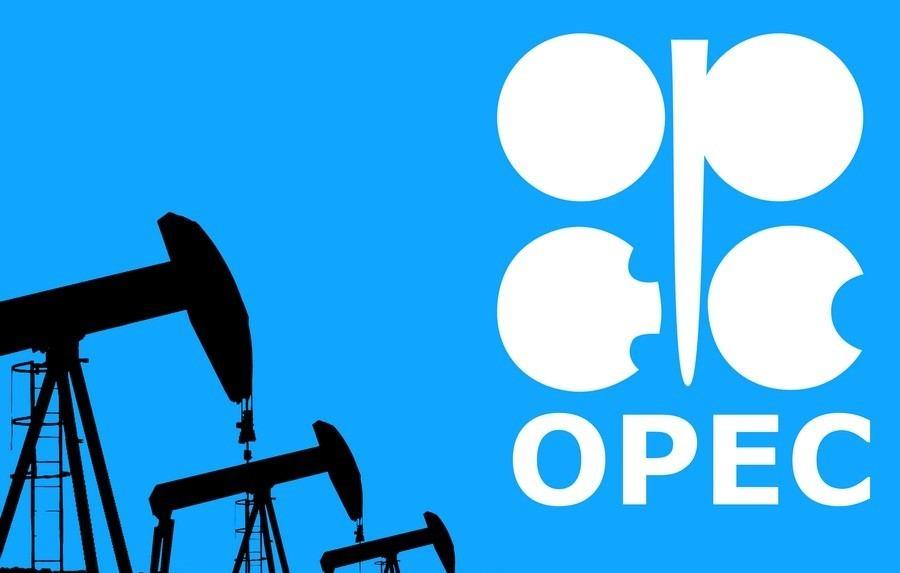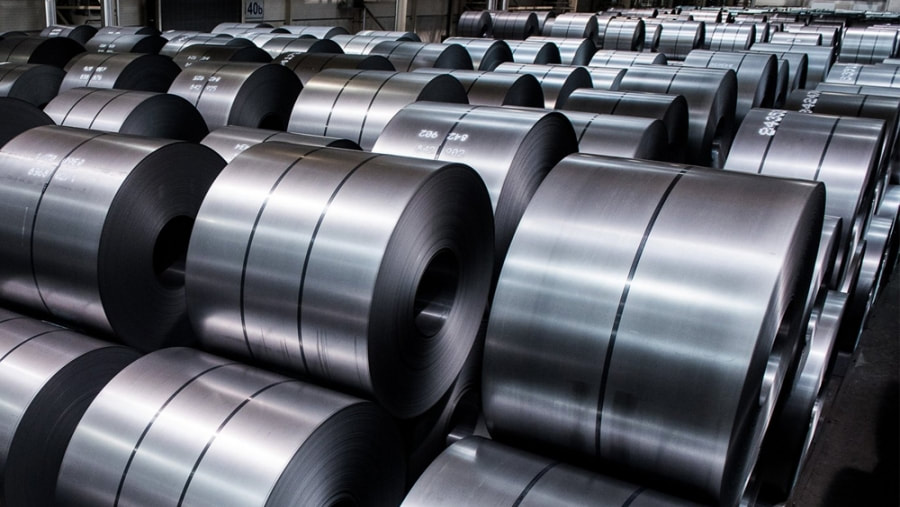Understanding the Fundamentals of the Gold Market
|
The gold market is a cornerstone of global finance, serving as a hedge against economic uncertainty, inflation, and currency fluctuations. For traders and hedge fund managers, understanding the fundamental factors that drive the gold market is crucial for developing informed trading strategies and making sound investment decisions.
|
Decoding the Yangshan Copper Premium
|
In the intricate world of copper trading, the "Yangshan Copper Premium" stands as a pivotal indicator, offering crucial insights into the dynamics of Chinese copper imports. Named after the bustling Yangshan port in Shanghai, where a substantial portion of China's copper imports is funneled, this premium captures the additional cost incurred by Chinese buyers for imported copper, juxtaposed against prevailing global exchange prices, notably those on the London Metal Exchange (LME).
|
Copper: Is a Correction Imminent?
|
As the copper market continues to captivate investors, the recent surge in copper prices has sparked discussions among traders and hedge fund managers about whether the rally has extended beyond reasonable bounds. In this article, we delve into the dynamics shaping the copper market and present a compelling case for a potential downward correction in prices.
|
Exploring the Crude Oil Market Dynamics
|
The landscape of the crude oil market is continually shaped by a myriad of factors, from inventory shifts to geopolitical tensions. In this article, we delve into recent developments and their impact on oil prices and market sentiment as well as take a closer look at the CoT positioning and seasonal tendancies.
|
Copper Surges on BHP's Bid for Anglo American
|
Copper prices surged further on Thursday, driven by fund activity following BHP's significant bid for Anglo American, spotlighting the copper market's allure. Analysts observed a focused interest in copper within BHP's bid, propelling market optimism.
|
Archives
US Natural Gas Futures Plunge
|
US Natural Gas futures plunged about 17% on Thursday to a three-month low. With the shutdown of Freeport LNG's liquefied natural gas (LNG) export plant in Texas, utilities have been able to stockpile more fuel than expected despite the hotter weather and generators burning more gas to keep air conditioners running.
|
Summer Heat Strains Natural Gas Supply
|
Temperatures have been soaring in the US and natural gas futures prices have been soaring in tandem with this. Prices reached $4 per million British thermal units in the U.S. for the first time since December 2018. The summer heat is raising concerns about tight supplies later this year.
|
OPEC Resolves Standoff
|
The oil futures markets are fluctuating as Saudi Arabia and the United Arab Emirates allegedly resolve the standoff that has prevented OPEC+ from turning on the taps for more oil. Futures got close to $75 a barrel in New York, having settled on Tuesday at the highest close since late 2018.
|
China's Steel Rally
|
Shanghai steel futures extended gains to hit an eight-week high on Monday. Rebar and hot rolled coil both hit peaks last seen on May 19, when the market last spiked only to crash after dire warnings from Beijing about speculative activity and the threat of action against excessive rises in commodity prices.
|
Oil Demand and Covid Delta
|
Futures in New York fell as much as 1.9% on Monday traders considered the demand implications of a Covid-19 resurgence in several regions and slowing economic growth in China. A stronger U.S. dollar also weighed on prices, making commodities priced in the currency less attractive.
|
Coffee and La Niña
|
Analysts Safras & Mercado have reported than an estimated 54% of the new Brazil coffee crop has already been harvested. With an estimated forecast for the new crop of 56.50 million bags, the report suggests that so far, around 30 million bags of the new crop have been harvested.
|
OPEC: UAE Agrees on Oil Production
|
The United Arab Emirates said it won’t accept a plan by other members of OPEC+ to extend the group’s agreement to curb oil production beyond April 2022, unless it’s allowed to have a higher baseline for its own cuts. The UAE said it’s in favor of adding more oil to the market, but on Friday blocked a plan negotiated by Russia and Saudi Arabia, the leaders of OPEC+.
|
China's Copper Smelting Activity Declines
|
The unique geo-spatial analytics product launched in October 2019 by Earth-i and Marex, can track global copper smelting activity. The product now provides daily updates for global and regional indices, as well as China national and regional indices, accounting for 90% of copper and 96% of nickel global smelting capacity.
|
OPEC - No Deal
|
The OPEC+ alliance could not arrive at an agreement after a key member blocked the deal at the last minute, forcing the group to postpone its meeting and casting doubt on an agreement that could ease a surge in oil prices.
|
Tight Oil Stocks & Surging Demand
|
Over the last four weeks total crude oil stockpiles, including the SPR or Strategic Petroleum Reserve, have fallen at a rate of 1.15 million barrels a day. This is the largest four-week decline on a rolling basis in Energy Information Administration data going back to 1982. That is the fastest rate of decline in US crude oil inventories in decades!
|
Natural Gas Shortages
|
A long, cold winter has drained natural gas stocks in the US and in Europe and utilities are struggling to build them back up. As we approach mid-summer, there have been unforeseen supply disruptions in conjunction with hot weather and heat waves causing more drawdown on stocks. The situation could get worse when demand peaks in winter.
|
US Steel Imports Dip in May
|
U.S. steel imports fell to 2.3 million metric tons in May, while imports through the first four months of the year came in flat year over year at 8.4 million metric tons. In the US, the market remains extremely tight and mill lead times are out to the end of this year so prices are set to stay high into 2022.
|
Coffee Market Update
|
There has been a steady upward trend in coffee prices over the first eight months of the coffee year 2020/21 and this suggests a net recovery from the low price levels that began in coffee year 2017/18. The increase in prices has been driven by an expected reduction in production in key exporting countries like Brazil for the 2021/22 season as well as increases in demand.
|
Natural Gas Futures Soar
|
Natural gas futures soar above $3.40 following the lastest EIA inventory report showing tight storage numbers. This comes in conjunction with increased heat in parts of the US this last week and also technical factors that are driving the market higher.
|
Crop Conditions & Drought
|
Soybeans plunged in overnight trading following a forecast from the National Weather Service for rainfall in parts of the Midwest this week, particularly in Iowa and Illinois, the biggest producers of beans and corn. Rain in the next two weeks will boost moisture in the Midwest but dry weather will continue in the Northern Plains, which will impact spring wheat prospects.
|
A Correction in Lumber?
|
Is the lumber market in a correction or is the bull market over? The CoT data shows traders are leaving the market and we see more long liquidation. Lumber prices have fallen more than 42% since May's record high of over $1,700 per thousand board feet, although they remain more than 150% higher for the year.
|
Crop Progress & Biofuels Update
|
Following an improvement in the US weather forecast, we saw the grains complex selling off yesterday with corn and soybeans leading the way. NOAA expects above-normal rainfall and normal temperatures over the next 8-14 days. There had been concerns that warm, dry weather in the US that would have an impact on the crops which was reflected in the USDA's laterst crop progress report.
|
WASDE Update
|
There weren't any surprises in this week's WASDE report. The 2020/21 Brazilian corn crop was downgraded as expected and there was little change in teh 2021/22 balances for grains and soybeans. Overall, the report was moderately supportive for corn and mildly bearish for soybeans.
|
Correction in the Copper Market?
|
Copper came under selling pressure yesterday in the early London session following a statement from a top banking regulator in China warning retail investors to avoid speculation in financial derivatives, including commodities and gold. This follows on from repeated warnings coming out of China from officals talking about high commodity prices after surging producer inflation strengthened China’s resolve to keep commodity prices in check.
|
Site powered by Weebly. Managed by iPage




















